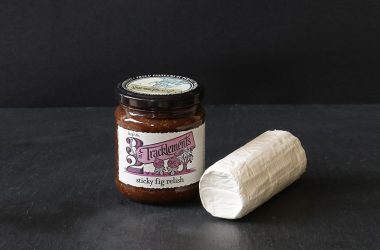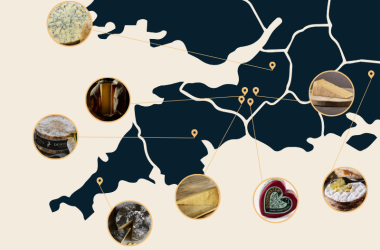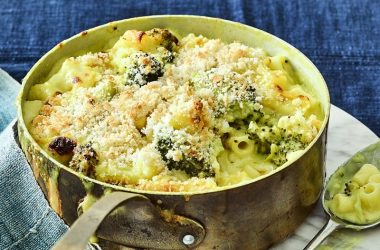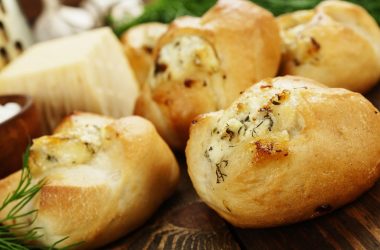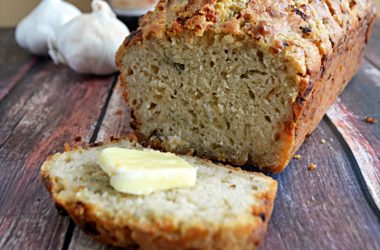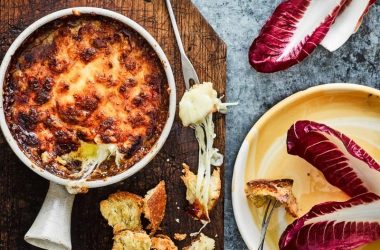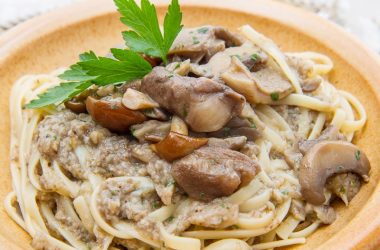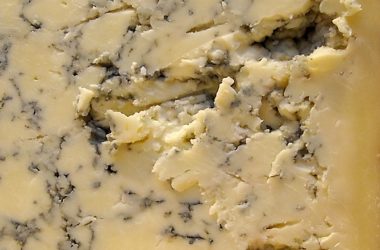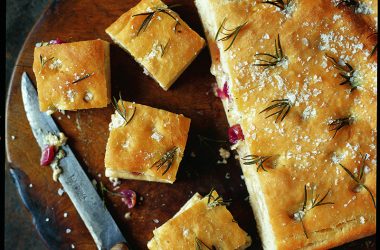A Tour of Italian Cheese
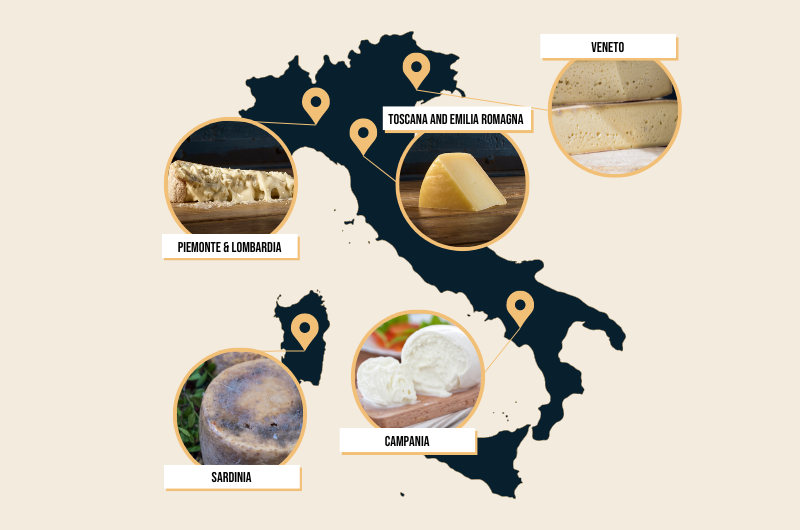
When one thinks of Italian cheese their mind may spring to Mozzarella or Parmesan. Indeed these cheeses represent the architype of Italian cheesemaking, but hunt a little further you’ll find some of the most unusual cheeses in the world.
Piemonte and Lombardia
These affluent provinces at the foot of the Italian Alps are home to some of the most creative and unique Italian cheese, many made with a unique blend of different cattle milk.
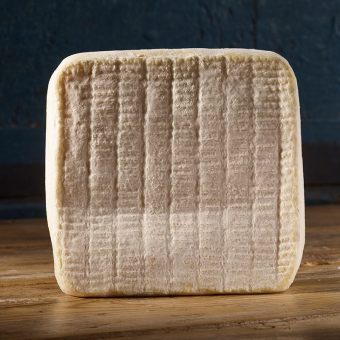
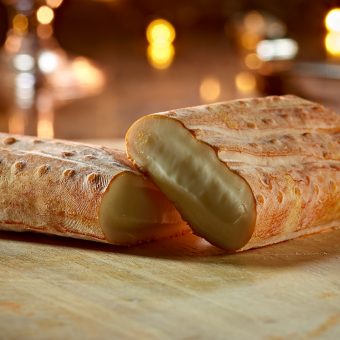
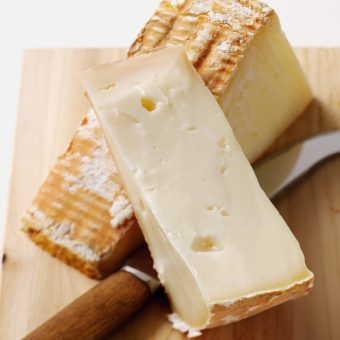
Starting in the Alta Langa area of Piedmont just south of Turin, we find the origins of two cheeses: Robiola Bosina and Il Canet. Robiola Bosina Alta Langa, to give it its full name, is a washed rind semi soft cheese, shaped in a perfect square. It is made from the milk of both cow and sheep. This unique combination gives it a rich, gorgeous taste with a sexy, luxurious texture. It’s many people’s favourite once they’ve tried it.
In the same neck of the Alta Langa woods you’ll find another beautiful washed-rind cheese: Il Canet. Il Canet’s milk blend comes from cow and goat. This orange-rinded beauty is one of those cheeses that will last mere minutes on the cheeseboard at Christmas. The final cheese of the Piemonte region is Castelmagno DOP, made only in the communes of Castelmagno, Pradleves and Monterosso Grana, and has been made there since the late 1200s. This semi-soft, semi-fat blue cheese is mainly cow’s milk with the addition of sheep and goat’s. It’s texture is crumbly with mild and milky flavour when young, and sharp and salty when mature.
Travelling east through Lombardy you’ll next encounter possibly Italy’s most famous cheese – Gorgonzola. There are a few reasons it’s so famous. First, it’s a very old cheese with evidence of it’s origins traced back to the 9th century. Second, it has a unique ingredient added – Penicillium glaucum. This is what gives it it’s unique blue veiny aesthetic. But mostly, it’s famous for its flavour – It really is the most sexy and silky cheese in the world. And unlike many blues, it’s very moist with a sweet finish. We sell the younger, sweeter version, Gorgonzola Dolce.
Taleggio DOP is also a Lombardian treasure. It too is also extremely old, possibly the oldest of all Italian cheeses with it’s origins in the 9th century. It is very much an Italian tasting cheese but its washed rind gives the pungent smell of something you’d expect from France. The production takes place every autumn and winter. First, acidified milk is mixed with animal rennet. The cheese is set on wood shelves in chambers or caves, and matures within six to ten weeks. It is washed once a week with a seawater sponge to prevent mould growth and to form an orange or rose crust.
Toscana and Emilia Romagna
Italy’s favourite food region and home to Bolognese pasta, Parma ham and Chianti wines. The cheeses here are dry, mature and strong and make perfect accompaniments to food and wine.
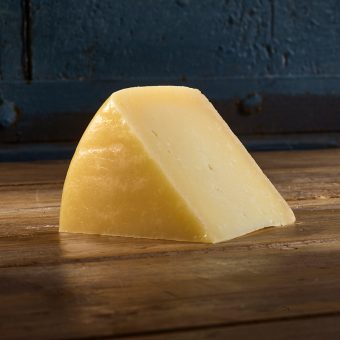
This region is home to the rather wonderful Parmigiano Reggiano. Where other Parmesans are unregulated and aged for only 9 months, Parmigiano Reggiano is the DOP regulated, original and authentic Parmesan. This version is aged from at least 1 year up to 3.
Parmigiano Reggiano is named after two of the areas which produce it, the provinces of Parma and Reggio Emilia. It has it’s roots in the middle ages where Benedictine and Cistercian monks would use salt from the local Salsomaggiore salt mines to try to preserve the milk of their cows. By adding the salt, they made a dry paste which they would store in large wheels suitable for long preservation. It was and still is a popular export that started in the 15th century and continues to this day.
Grana Padano originates from the Po river Valley. It has a nutty profile with a subtle saltiness that makes it gentler than Parmigiano. It is produced in copper cauldrons where rennet is added, and the curds and whey get slowly separated as it is gently pasteurised. The curd is then set in a wheel-shaped mould and soaked in brine for at least 2 weeks. It is then aged for 9 months, to perfection.
Pecorino Toscano is another ancient cheese, this one is said to originate from the Romans over two thousand years ago. The Romans were passionate cheese makers and many homes had a special kitchen set aside for cheese making called a caseale, where cheeses also were stored and aged. Pliny the Elder wrote about the production of a ewe’s milk cheese, and Pecorino Toscano is indeed made from pasteurised sheep’s milk. It is made from a traditional method handed down through the centuries. It is a beautifully sweet tasting cheese that is perfection with dried meats and olives.
Sardinia
This exquisite island surrounded by the turquoise Mediterranean is a haven for sheep farmers producing many famous Pecorinos and the notorious and illegal Casu Marzu which contains maggots!
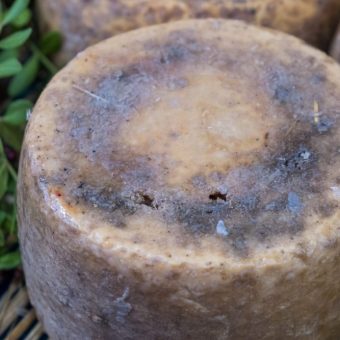
Starting with Pecorino Romano, this Italian cheese is produced exclusively from the milk of sheep raised on the plains of Lazio and in Sardinia. Pecorino Romano was a staple in the diet for the legionaries of ancient Rome. A daily ration of about 27 grams was allotted to the legionaries in addition to bread and farro soup. Today, it is still made according to the original recipe and is one of Italy’s oldest cheeses. This hard and crumbly cheese has a slightly tangy, almost spicy taste with rich and earthy flavours.
‘Pecorino’ means ‘of sheep’, so the variants describe the region they are made in. With Pecorino Toscano from Tuscany, it follows that Pecorino Sardo is effectively, ‘Sardinian Sheep’s Cheese’. It is made exclusively from the milk of the local Sardinian flocks. The milk is unpasteurised and uses animal rennet. It is poured into circular moulds and washed briefly in brine. The moulds are lightly smoked and left to ripen in cool cellars.
Pecorino Sardo, when processed further, becomes the infamous Casu Marzu. This is our official trigger warning, read onwards at your own peril!
Casu Marzu is created by leaving whole Pecorino Sardo cheeses outside with part of the rind removed, to allow the eggs of the cheese fly to be laid in the cheese. The acid from the maggots’ digestive system breaks down the fats and makes the texture of the cheese very soft. By the time it is ready for consumption, a typical Casu Marzu will contain thousands of these maggots. Incredibly, this cheese is considered at it’s best when the maggots are still alive. Indeed, Sardinian aficionados consider the cheese to be unsafe to eat when the maggots in the cheese have died.
We’re afraid it gets worse. The larvae in the cheese can launch themselves for distances up to 15 centimetres when disturbed, so diners hold their hands above their food to prevent the maggots from leaping. Those who prefer not to ingest the maggots place their cheese in a sealed bag, starving the maggots of oxygen. Like a bag of popcorn on heat, this makes a “pitter-patter” sound in the bag as the maggots jump and writhe. So it’s only when the bag stops making any noise that you know your cheese is safe to eat. The cheese is considered an aphrodisiac by locals.
Of course this cheese is illegal, mainly down to health concerns as the larvae can potentially survive in stomach acid and remain in the intestine, leading to a condition called “pseudomyiasis”, which can kill. This is one of the most interesting and terrifying cheeses in the world. Would you try it?
Campania
Napoli and the surrounding hot, dry and stunning landscape, is rich in agriculture and home to many varieties of Mozzarella made from all types of milk: buffalo, cow, sheep and goat.
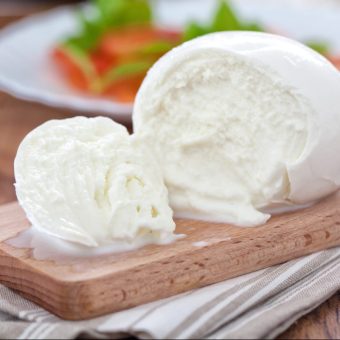
Napoli is supposed to be the best place in the whole world to get a pizza, so it’s no surprise that mozzarella is a staple pizza topping. If you are looking for a truly authentic pizza, make sure they are using Mozzarella di Bufala Campana. This Mozzarella has the DOP status which controls its production methods, and shows it was made locally in Campania, and from the Mediterranean water buffalo, which are quite unique to the region in large cattle quantities. The cheese tastes fresh, tangy, and sweet. Best enjoyed with sliced tomatoes and a drizzle of olive oil.
Created from the same milk is Ricotta di Bufala Campana. This cheese uses the first whey giving it a sweet, milky aroma. It has a creamy consistency because buffalo whey is richer in fats and free from the lipase enzyme which can influence the sensory properties of fat. The end result is porcelain white, rindless cheese with a grainy (but not sandy) consistency. It makes a great ingredient for cooking, often used in pasta dishes such as cannelloni.
Provolone del Monaco is a semi-hard cheese, made using only milk from the Agerolese cow. These cows graze the hills surrounding the Sorrento coastline. It is produced using traditional methods that involves using a traditional ‘sassa’ which is a wooden tool that gathers, cuts and spins the milk into small grains. The curd is then ‘coiled’ or spun into a paste.
When the consistency is perfect it is shaped into it’s unique pear shape and tied with raffia. It is hung in wine cellars and washed periodically in brine, giving it a creamy coloured rind. This process continues for 4 to 18 months, until it reach it’s desired maturity. The result is a nutty, buttery bite but with a sweet finish, with the more mature cheeses giving an earthy, hay-like aroma.
Veneto
Home to Venice and the Alpine lakes, Veneto is a paradise for cheese lovers. The pastures are lush, the farms are small and there are traditions based on centuries of cheese-making.
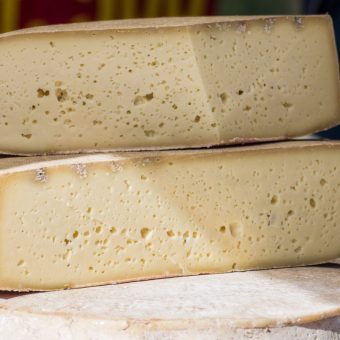
Here we’ll explore three Italian cheeses: Asiago, Piave and Ubriaco.
Asiago cheese has a DOP status which tightly controls where it can be made. The region covers the meadows of the Po Valley and finishes in the Alpine pastures. What is distinctive about this area is that it is more than 600m (2,000 ft) above sea level, so both the cattle grazing areas and dairies must all be above 600m. This is why this cheese is often called “Product of the Mountains”. Made from pure cow’s milk, it can be enjoyed at various stages of maturity. If young it has a semi-soft texture and mild flavour. Left to age for up to 9 months, it takes on a sharpness and the texture is crumbly.
Our next cheese is named after the Piave River which stretches from the Alps and runs down to the Adriatic sea. Piave cheese can only be produced in the Dolomites area, the province of Belluno, and in the northernmost tip of the Veneto region. Made with cows milk it is a hard, curd cheese that is eaten at five distinct stages of its maturity.
“Fresco” is 20-60 days, which tastes milky with hints of butter. “Mezzano” is aged 2 – 6 months and is still quite smooth with sweet flavours, but a more pronounced aroma and depth. “Vecchio” is when the cheese is between 6 – 12 months, at this point it becoming crumblier and more savoury. “Vecchio Selezione Oro” is aged 12 – 18 months, and begins to taste quite fruity and intense. Then finally aged over 18 months it is called “Vecchio Riserva”. By this point it is dense and even chewy, it has multiple flavour layers from salty to sweet, with nutty and fruity layers. It’s an incredible cheese with so much flavour in just one product.
Ubriaco is our final cheese of the tour. Also known as ‘drunken cheese’ this semi-hard raw cow’s milk cheese has a beautiful dark red rind which comes from being washed in Raboso red wine. This dry wine gives it a unique sweet, delicate aroma and complex flavours of blackberries and cherries. It is often served in crumbles or shavings with a glass of Prosecco from the region, or any aged, red wine.
Where to buy
You can browse our range of Italian cheese here, or try The Italian Selection Box for a pre-picked selection. Look out for some of these Italian cheeses in upcoming Cheese Club boxes (though we won’t be serving Cazu Marzu any time soon we promise!). If you enjoyed this why not take a French Cheese Tour, here.

